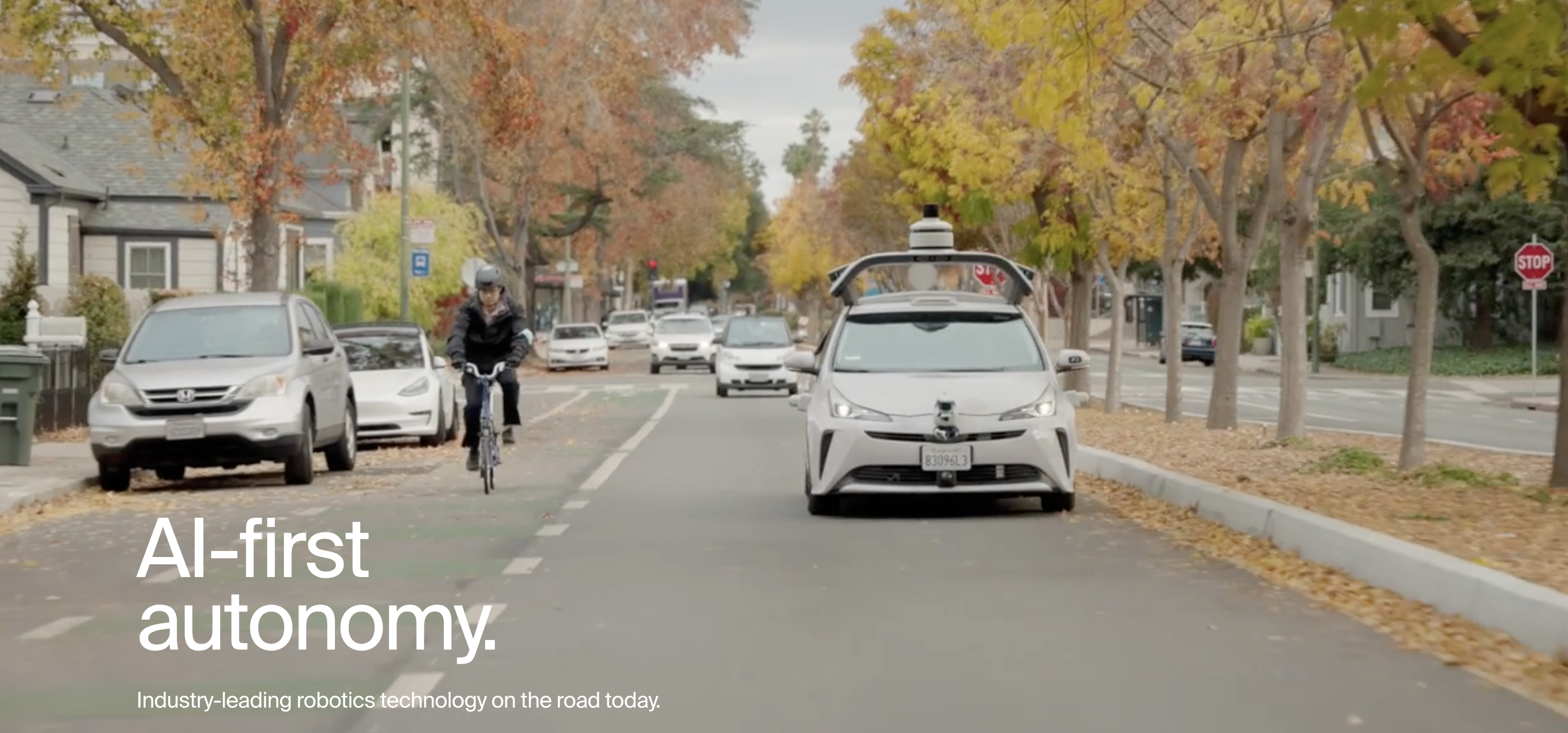Sign up for daily news updates from CleanTechnica on email. Or follow us on Google News!
In the US, the “duck curve” is a California phenomena.
It’s a change to the legacy way of operating generation on the grid. The last time there was a signifiant change, and all of this was predicted long before it happened, there was too much solar during the middle of the day, but electric rates still had a premium for midday consumption. This was out of step for utilities and system operators who were dealing with curtailment on the supply side and lack of demand on the consumption side.
So, slowly, after years, the California Public Utilities Commission (CPUC) changed its policies and granted the utilities changes to eliminate daytime electric rate premiums.
Now, the issue is different. The long-awaited duck curve issue is here in a big way, with some days in spring now being 100% solar.
As shown, the problem with this is that solar generation tapers off rapidly at the end of the day, and it is difficult to ramp generation quickly in response for evening consumption.
The CPUC previously raised rates in the early evening hours as compensation. Energy consumers and utilities were also enlisted to compensate for the needed ramp in generation.
There are several simple solutions. The PUC and leaders in energy figured out that demand response or demand management, local aggregated generation, local aggregated demand response, storage, and other methods such as EIM, energy imbalance markets, and a better coordination of supply and demand between larger regions could work on both the supply and consumption side to ease the problem. Right now, the amounts of utility storage are small. Normally, in the past, fast generation responses were made by simple gas turbines, which have cheap initial cost, are fast starting and ramping, have some running costs and some fuel costs, and for the most part are ideal for sudden loads. Their overall marginal cost was usually higher than other generation, but nothing else would do that job so cheaply and so well … until batteries came along. Now battery energy storage is cheaper than natural gas plants and BESS are replacing gas turbines progressively in California. This started as far back as 2018 and has spread to other parts of the US as battery energy storage prices have plummeted.
But … the amount of legacy fast generation needed in California prior to the duck curve was less. The daily load curve was smoother and generation ramping was slower, so gas generators and fast ramping generation was confined mostly to sudden system outage needs and relatively infrequent occurrences like storms. Now more fast response is needed and that fast ramping generation is needed more frequently, on almost a daily basis through large parts of the year, if not most of it.
There are solutions working now, because gas turbines are not the only generation that can ramp. But when all or nearly all of the generation is solar during a day, and the remaining generators have to all ramp fairly quickly all at once, it places a strain on operations. So far, this has been accommodated without any major incidences.
However, the common factor in all this is that, historically, the public utility commission used an anachronistic mechanism designed to set rates on at most an annual basis. That kind of response is far too slow to respond to rapid seasonal, regional, and other events that happen much more quickly in today’s fast moving grid. Instead, foreknowledge should lead to adaptations designed to speed the response to more rapid changes.
Here, there is a goal to connect market mechanisms, retail rates, to wholesale, and to connect utility and other generation providers and customer demand to supply in a more coordinated way to lower costs and make the system work better.
The CPUC did not issue a change to daytime electric rate premiums until well after solar produced an oversupply of daytime electricity. That was too slow. It did foresee the duck curve and moved to create remedies in advance, with some success.
Another entity in the chain of electric energy is the Independent System Operator, or ISO, charged with operating the system. It plans and adjusts generation in accordance with demand patterns and demand prediction. It allocates and dispatches power from utilities according to anticipated day-ahead or hour-ahead changes and works to balance generation to demand.
In California, there are several ISOs. One of the most significant is CAISO.
What is happening today
In some ways, the system has worked. Let’s give some examples.
First, the system did not collapse in response to 100% solar days this year.
Second, some of its responses, energy storage, early evening rate premiums, aggregated demand management, and other things worked to reduce the issue.
Here are some examples of how.
Demand Response Providers: “A DRP/aggregator is a commercial entity that provides demand response programs and services such as assisting retail customers participate in the wholesale energy market (operated by California Independent System Operator, aka CAISO) and with strategies or technology to reduce their electric consumption during times of grid needs in exchange for compensation.” Demand response can work with consumers to reduce demand at strategic times.
On the ISO side, CAISO lists these methods available under the demand response, or DR, heading: “The ISO offers various load participation models to fit different resource characteristics. Use the Participation Comparison — Proxy Demand, Distributed Energy Resource Provider, Storage, and Load Forecast Adjustment.”
Demand response programs have not all gone perfectly. In fact, the CPUC decided to sunset one, but that decision has had mixed reviews. The CPUC set up a thing called DRAM, Demand Response Aggregator Market, an auction for demand response mechanisms, but now it is ending it in response to utility requests. This move has mixed reviews.
There are DR aggregators for everything from large retail to residential. One of them is OhmConnect, a service I considered at one time. It is a program of voluntary demand reductions with incentives operated by OhmConnect under the DR programs set up by the CPUC. The CPUC set up programs under IOUs (investor owned utilities) and third party providers. OhmConnect is a third party provider. Interestingly, Tesla is also a provider. Its easy to envision that any entity already providing storage could act to also be a demand response provider under the auspices of the CPUC.
OhmConnect works by notifying participants about the need to lower demand during specific hours. This is done by standard communication methods like email and SMS 24 hours in advance. Participants must have smart plugs and devices. There is a list on their website. When notified, participants automatically power down loads at requested hours. OhmConnect participants are rewarded for their responses.
While this solution and other DR and DRP solutions work, I am a bit disappointed that a more modern, automatic system is not yet used for DR. I envisioned a system where smart devices were under voluntary control via direct means via the internet. The system would allow users to control how much and if they chose to participate via an app that they control. That way, signals could be broadcast rapidly, responses would be automatic and not require manual intervention or nags via snail mail and text, and in general would require less user-required interaction.
It would make it easy to participate. Most people are now familiar with using apps like Nest or smarter appliances. First users are likely to enjoy using the convenience, foregoing constant participation through email nags in favor of more convenient user friendly apps instead, combined with the easy option of overriding participation on a case and use basis — say, for an unscheduled need to operate an appliance.
If billing incentives are operated on a usage participation basis, the user has the continuous choice of which appliances and how much to operate them in response to price signals from the generation market.
I have always felt that a harmonization of the wholesale and retail markets, or supply and demand side of the energy markets, was in order, and would work to provide stability and benefits on all sides of the system.
It appears to me that such a system would enable that.
An SMS and email notification is slower compared to a direct interconnect link. Smart devices are already on WiFi. Why not make the link app connect to the appliance directly instead of requiring daily manual user intervention creating yet another chore for people, instead of adding convenience. To me, the biggest issue here is that, as much as possible, the interface between demand and supply must be managed by mechanisms with rapid response faster than 24 hours ahead — I mean, immediate, as in minutes at most. There is no reason this cannot be accomplished via mechanisms as I outlined here.
Have a tip for CleanTechnica? Want to advertise? Want to suggest a guest for our CleanTech Talk podcast? Contact us here.
Latest CleanTechnica.TV Videos
CleanTechnica uses affiliate links. See our policy here.
CleanTechnica’s Comment Policy





